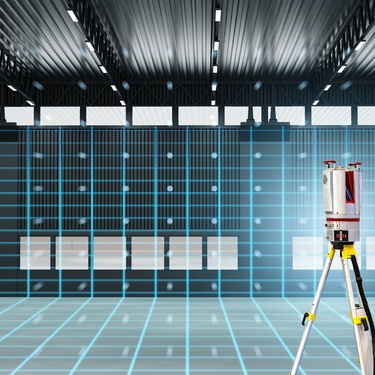
Operating a metal shop presents a unique set of challenges, particularly when it comes to maintaining efficiency. Metal fabrication professionals and small business owners often grapple with balancing high-quality production and maximizing output without compromising on standards. As the industry evolves and competition intensifies, finding ways to streamline operations has never been more critical. Let’s explore four effective ways to improve efficiency in your metal shop.
Time Management Strategies
First, adopting time management strategies can significantly impact your shop's overall productivity. Effective time management involves planning, prioritizing tasks, and minimizing downtime. One practical approach is to implement a scheduling system that aligns with your production goals. Digital tools that allow for real-time monitoring and adjustments can help achieve this goal.
By setting clear priorities and ensuring that everyone on your team understands their responsibilities, you can reduce idle time and enhance workflow continuity. Additionally, maintaining consistent communication among team members can prevent misunderstandings and ensure smoother operations.
Equipment Maintenance
Keeping your equipment properly maintained is another crucial aspect of boosting efficiency. Regular maintenance not only prolongs the life of your machinery but also prevents unexpected breakdowns that can disrupt production schedules. Establishing a routine maintenance program and adhering to it diligently can save time and money in the future. This includes regular inspections, timely repairs, and replacing worn-out parts before they cause significant issues.
In metalworking, it’s important to sharpen your cold saw regularly and maintain other essential tools to ensure precise and efficient cuts. Investing in high-quality tools and staying updated with the latest advancements in metalworking technology can also contribute to more efficient operations.
Workflow and Production Processes
Streamlining workflow and production processes is essential for maximizing efficiency in your metal shop. Analyzing your current workflow and identifying bottlenecks or redundancies can help you make informed adjustments.
One effective method is to implement lean manufacturing principles, which focus on eliminating waste and optimizing processes. This can involve reorganizing your shop floor layout to ensure a more logical flow of materials and workpieces. Automating repetitive tasks through CNC machines or robotic systems can further enhance productivity and precision, allowing your team to focus on more complex and value-added activities.
Employee Training and Development
Investing in employee training and development is another important way to improve efficiency in your metal shop. Skilled and knowledgeable employees are invaluable assets to any business. Providing ongoing training opportunities ensures that your team is well-versed in the latest techniques and safety protocols. Cross-training employees to perform multiple tasks can also increase flexibility and reduce dependency on specific individuals.
Encouraging a culture of continuous improvement and innovation can lead to more efficient problem-solving and process optimization. Additionally, recognizing and rewarding employee achievements can boost morale and motivation, ultimately contributing to a more productive work environment.
Optimize Operations
Improving efficiency in your metal shop requires a multifaceted approach. By focusing on these key areas, you can enhance productivity, reduce costs, and maintain high-quality standards. Continuous improvement is vital in the ever-evolving metal fabrication industry, and staying proactive in optimizing your operations will position your business for long-term success.



















